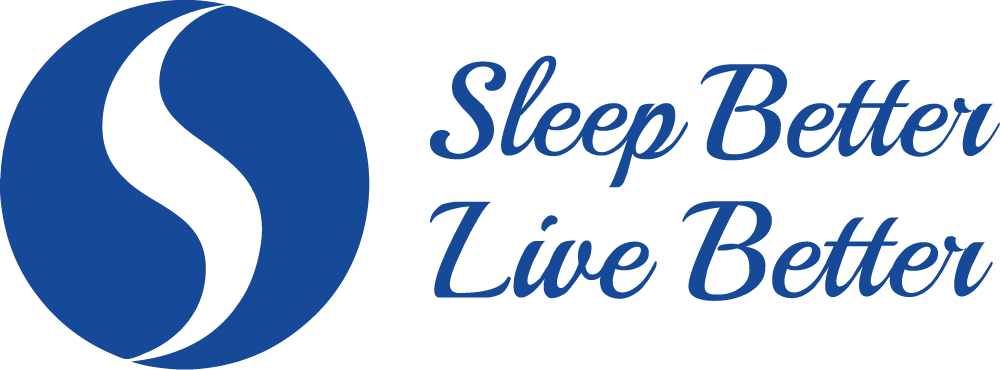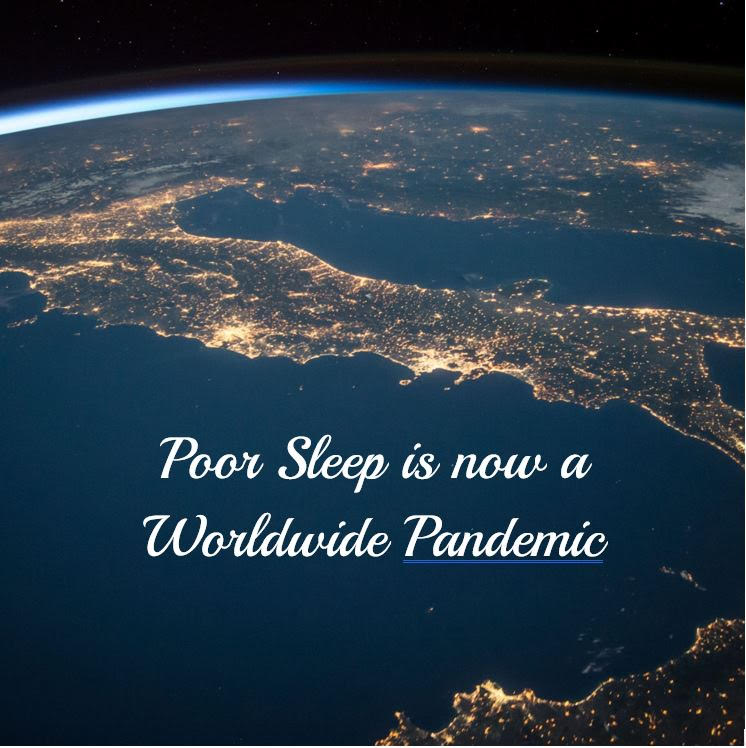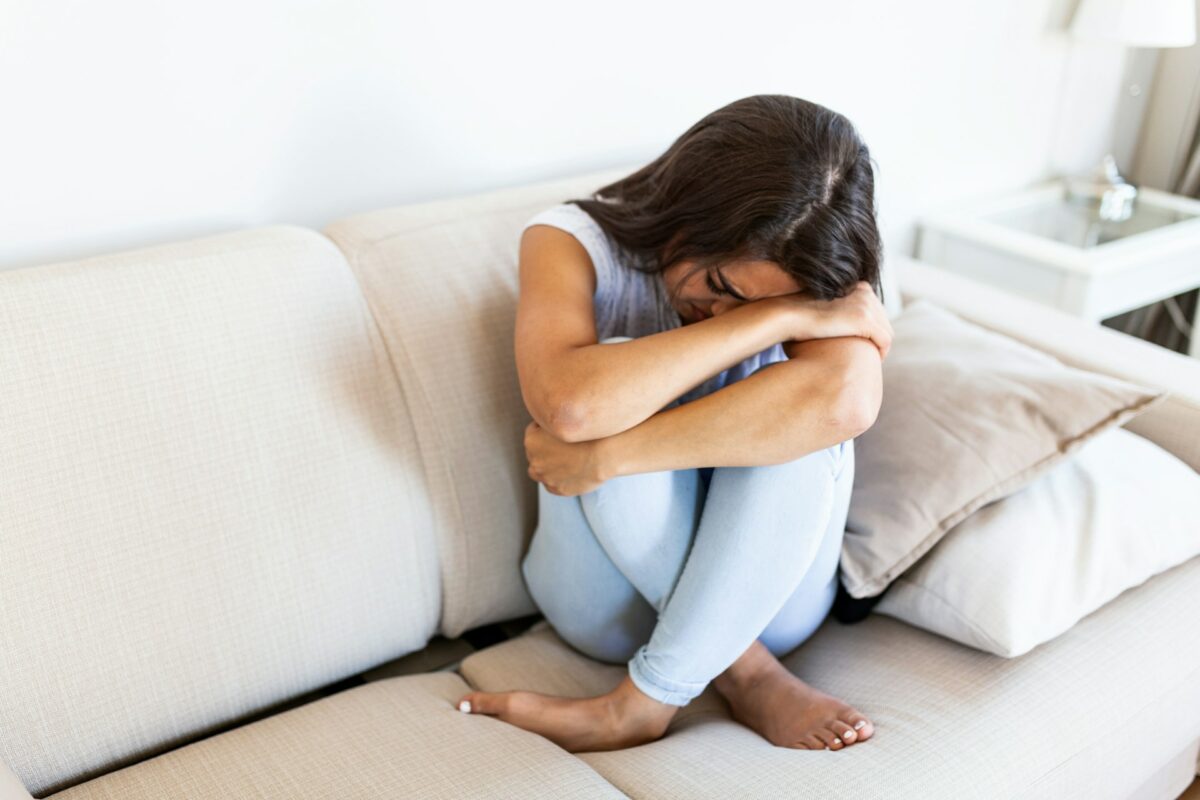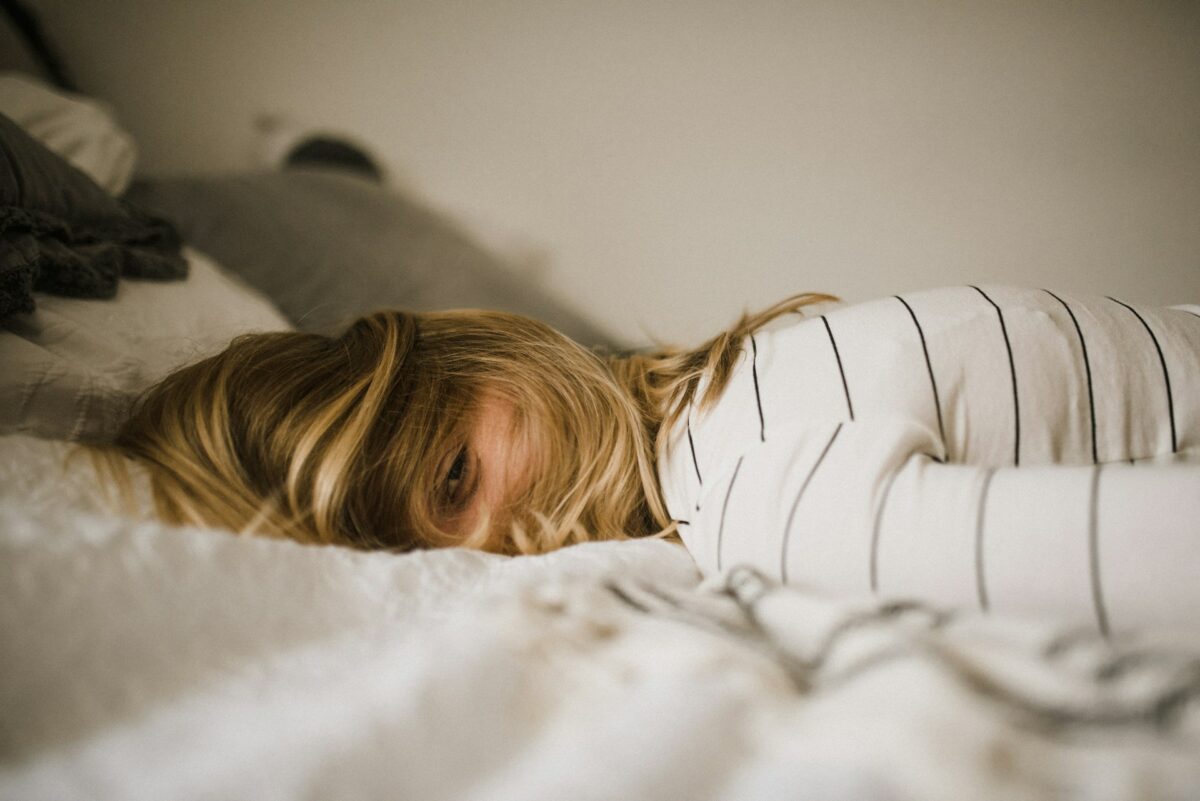This week we will dive into some of the Pandemic Proportions of Poor Sleep, Sleep Deprivation and Sleep Disorders like Snoring and Sleep Apnea
Who knew you could have more than one worldwide pandemic at the same time?
Chances are, you either are someone with a sleep disorder or know someone that has one. How did we get to the point where sleep disorders are now considered a worldwide pandemic?
This question is complicated to answer, as the reasons for our terrible sleep are only just starting to be understood and studied. Sleep remains the newest discipline to medicine and family physicians get little education in their formal training. There are some suspect causes that jump out immediately, including screen time, artificial light, and increased stress. Blue light and the constant stimulation from screens can create issues with sleep patterns. For most of history, humans had little access to mobile artificial light, which meant when the sun went down, there was no additional light to trigger our system to stay awake. We also sleep in temperature-controlled rooms with nice warm blankets, which impacts our body’s ability to decrease our core temperature which needs to happen to initiate sleep. Our modern schedules are often packed full, and the stress of staying on top of everything and looking like we have it all together creates busy minds that have a hard time falling asleep. We do not value sleep in society and it is usually one of the first things we sacrifice in favor of our education, career, or family. Society wrongly values the workaholic who spends nights in the office working overtime to get a project done on time.
These obstacles are often referred to as “sleep hygiene” and can be mostly managed with minimal behavioral changes such as leaving screens outside the bedroom, utilizing blue light blockers after sundown, or taking up meditation. But this is only a piece of the poor sleep pandemic, as many who struggle with serious sleep disorders could tell you. Regardless of their fantastic sleep hygiene, serious sleep apnea, insomnia, periodic limb movements, night terrors, narcolepsy and other disorders persist. These sleep disorders can cause sleep deprivation and negatively impact our heart health. Some people with sleep apnea feel fine and sleep for 8 hours a night, but the constant pressure on their heart caused by oxygen deprivation can still cause long-term health impacts even if they feel they sleep fine. Disruptive snoring and sleep apnea are not only a problem for the sufferer, but can cause what we like to call “second-hand sleep apnea” in the bed partner. The disruptive snoring often associated with sleep apnea can keep them awake as well, causing sleep deprivation and health concerns for the people you love.
Adults make up the majority of sleep disorder diagnoses, yet sleep issues affect all ages and we are seeing these disorders start to show up in younger ages. Back in 2015, Stanford Medicine published an article indicating that sleep deprivation was an epidemic among teens (Richter, 2018). In sleep medicine, we refer to people as “morning larks” or “night owls” to differentiate between those who have earlier or later natural sleep patterns. In teens specifically, it has been shown that they do have a naturally later circadian rhythm when compared to adults, and when left to their own devices will sleep up to 10 hours and usually do not go to bed until midnight or later. While this can be frustrating for parents trying to get their kids up for school, this seems to be a natural occurrence and some hypothesize that it may have evolved as a way for teens to develop socially without the watching eyes of their parents during those late-night hours. Yet to fit into modern society, we deprive teens of their natural sleep pattern at a crucial point in their development. Many people have fought to change school schedules to better reflect teen sleep patterns, and wherever they have done this they see an immediate increase in performance, attendance, and mental health. Both students and teachers report enjoying a later start to their day.
Having the majority of teens complete high school through to Grade 12 is a relatively new phenomenon in the history of humans, and is still associated mostly with developing nations. This means that we are only now seeing those who were chronically sleep-deprived in mass as teenagers become parents and we are now watching their teenage children go through the same thing. This generational sleep deprivation could be exponentially increasing our pandemic of poor sleep.
Nutritional and vitamin deficiencies may also be playing a role in our prevalence of sleep disorders. The “Baby Boomer” generation is one of the last generations to eat simple real food and spend their after-school hours running around in real sunshine. Diseases the Baby Boomer generation would not see until they were 70-80 years old are now being seen in younger generations at 30-40 years old.
These compounding issues of generationally poor sleep, nutrition, and lifestyle are colliding in a pandemic that is causing significant long-term health concerns. Sleep deprivation is now linked to 7 of the 15 leading causes of death in the United States (Chattu, et al., 2019). In the midst of a global viral pandemic, sleep is so important. The newly labeled “Coronasomnia” is the increased stress and anxiety of the last year of lockdowns and uncertainty impacting our ability to sleep, yet healthy sleep and good sunshine exposure for Vitamin D are two of the factors that are important in recovering from the Coronavirus (Tetreault, 2020).
So now that we understand just how we got here and how deep this pandemic runs, what do we do about it? Next week we will look at options and treatments for common sleep disorders and what you can do at home to improve your sleep.
If you have questions about your sleep or the sleep of someone you know reach out to us today
Sleep Better Live Better
We are your
Centre for Excellence in Home Sleep Diagnostics and Non-Surgical Sleep Therapies including
Custom Oral Appliances (the Alternative to CPAP) and CPAP.
References
Chattu, V. K., Manzar, D. M., Kumary, S., Burman, D., Spence, D. W., & Pandi-Perumal, S. R. (2019). The Global Problem of Insufficient Sleep and Its Serious Public Health Implications. healthecare. https://www.ncbi.nlm.nih.gov/pmc/articles/PMC6473877/
Richter, R. (2018, October 8). Among teens, sleep deprivation an epidemic. Retrieved from Stanford Medicine: https://med.stanford.edu/news/all-news/2015/10/among-teens-sleep-deprivation-an-epidemic.html
Tetreault, N. (2020). Vitamin D and COVID-19. The Journal of Clinical Endocrinology & Metabolism. https://www.biron.com/en/news/health-a-to-z/vitamin-d-and-covid-19/





